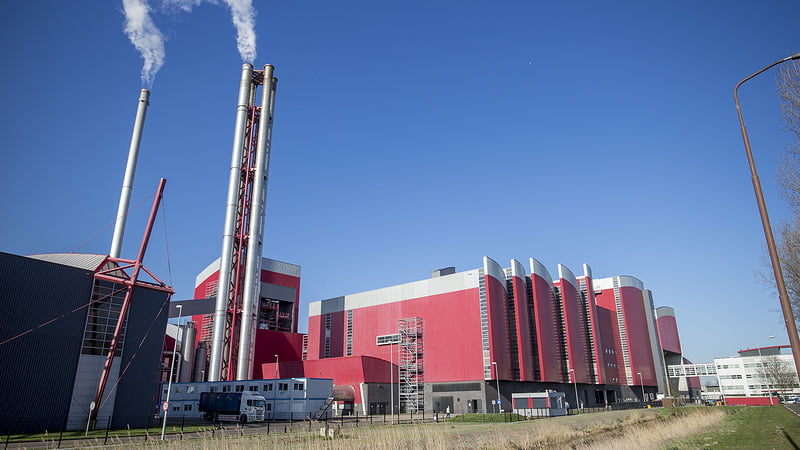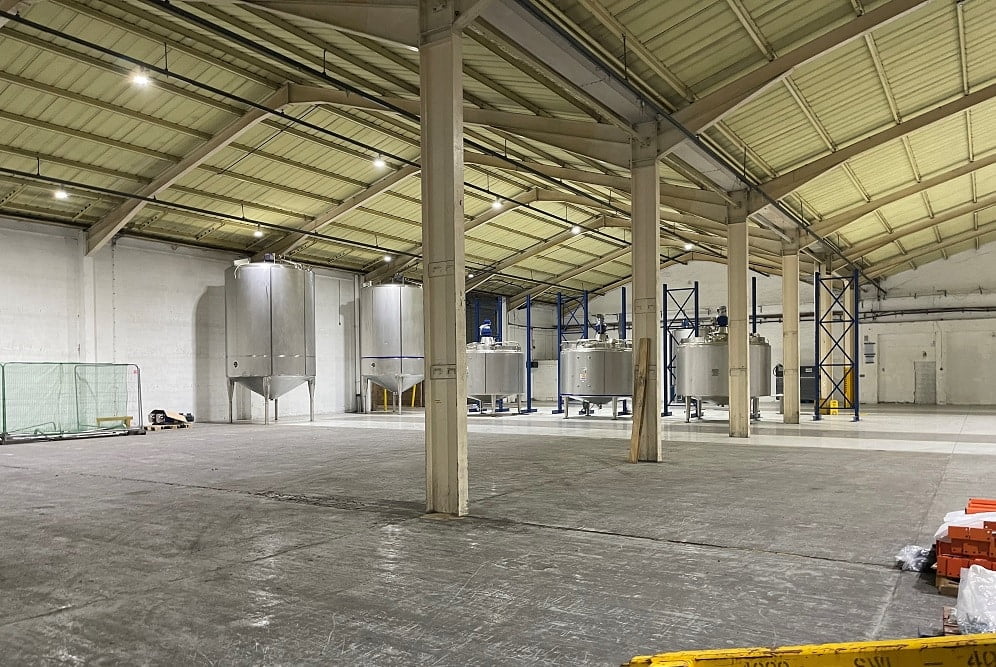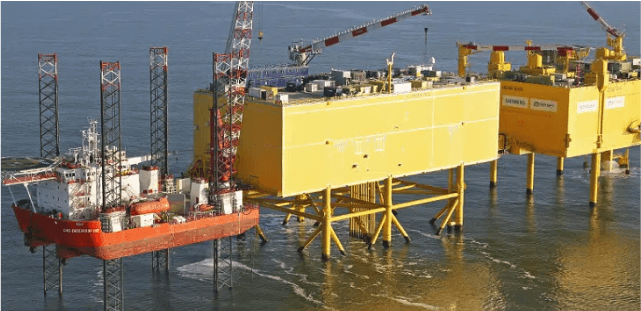Our assignment
More ROI on the floor
HVC, the largest non-commercial waste collector in the Netherlands, has undergone a remarkable transformation over the past 25 years. What began as the construction of a modern waste energy plant in Alkmaar has evolved into a sustainable waste management company focused on raw material reuse and renewable energy generation. Serving 46 municipalities and 6 water boards in North Holland, South Holland, Flevoland, and Friesland, HVC has expanded its operations to include the development and construction of renewable energy plants such as wind farms, solar parks, and heating systems.
Advantages of HVC’s Heat Sink System
HVC’s innovative heat sink system harnesses the residual heat generated from burning waste, converting it into hot water that is distributed through underground pipelines to residential and industrial areas. By eliminating the need for individual boilers, this system not only eliminates the costs associated with boiler maintenance and gas bills but also reduces CO2 emissions by an impressive 75%.
Advantages of HVC’s Heat Sink System
HVC’s innovative heat sink system harnesses the residual heat generated from burning waste, converting it into hot water that is distributed through underground pipelines to residential and industrial areas. By eliminating the need for individual boilers, this system not only eliminates the costs associated with boiler maintenance and gas bills but also reduces CO2 emissions by an impressive 75%.
Unifying Systems with CoNet
To ensure operational efficiency and compatibility across different systems, HVC sought a unified automation system for their heating infrastructure. Their previous positive experience with CoNet, who had previously upgraded their bioenergy plant and worked on projects at other HVC locations, led them to approach CoNet for assistance. CoNet’s expertise in Siemens products and their alignment with HVC’s vision made them the ideal partner for this telemetry assignment.
Unifying Systems with CoNet
To ensure operational efficiency and compatibility across different systems, HVC sought a unified automation system for their heating infrastructure. Their previous positive experience with CoNet, who had previously upgraded their bioenergy plant and worked on projects at other HVC locations, led them to approach CoNet for assistance. CoNet’s expertise in Siemens products and their alignment with HVC’s vision made them the ideal partner for this telemetry assignment.
Streamlining Control Rooms and Stations
CoNet collaborated closely with HVC to equip their control rooms in Alkmaar and Dordrecht, as well as strategic control stations in the heating network, with Siemens software and hardware. They developed a customized automation program that provides a comprehensive overview of the heating system’s status on a user-friendly screen interface. This visual representation enables immediate action in response to malfunctions, ensuring efficient problem resolution either digitally or through on-site diagnostics and repairs.
Enhanced Efficiency and Cost Savings
Thanks to the implementation of CoNet’s unified automation system, HVC’s control stations now operate seamlessly on the same system, communicating wirelessly and eliminating the complexities associated with multiple systems. This integration significantly reduces costs and time, allowing for easy replication of the system for new control stations in the expanding network. The return on investment is expected within a few years, making this collaboration a success story for HVC.
The Value of Real-Time Insights
With the new system in place, HVC benefits from real-time monitoring of the heating system’s performance through the user-friendly screen interface. This invaluable feature allows them to generate charts and metrics using their PGIM analysis software, providing accurate insights into energy consumption patterns. Armed with this information, HVC can continuously improve their yield and service, further enhancing their commitment to sustainability.
CoNet’s expertise and professionalism have been instrumental in the success of HVC’s automation projects. If you’re looking for specialized automation solutions, including Siemens products, contact CoNet today at sales@conet.nl. Discover how their tailored approaches and industry knowledge can revolutionize your operations.
Challenges and Solutions
One of the challenges encountered in the project was the communication between the SIPROTEC 5 devices and the existing “power” SCADA system, and the existing 10kV installation. The existing SIPROTEC 4 devices have already been integrated with the current PCS 7 system using custom-made visualization with the use of Profibus communication. However, the new SIPROTEC 5 devices need connections to several systems. One of the systems is the ABB 10kV-rail whose switchgear could only use the IEC 61850 communication protocol. As for PLC systems, we used Profinet technology for the integration of devices.
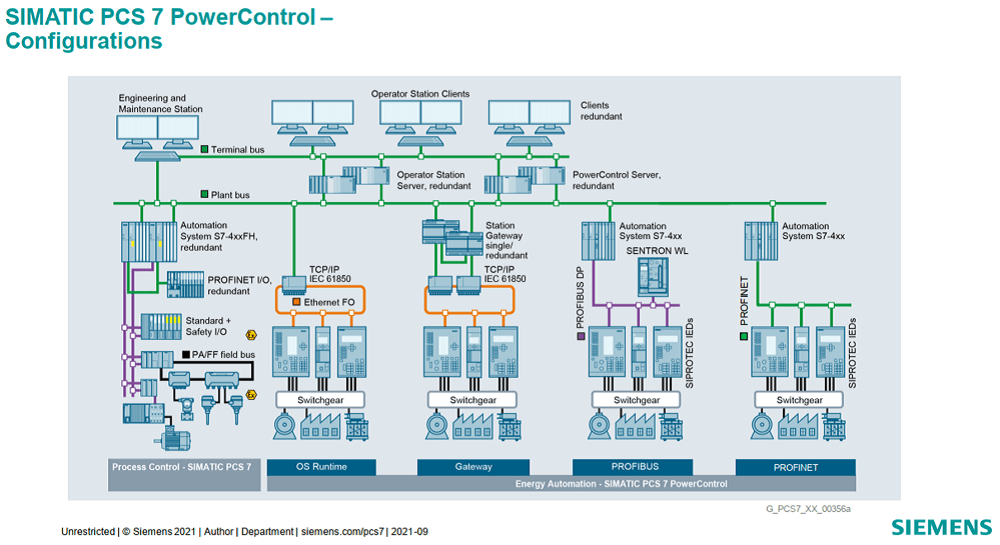
As IEC 61850 is not a general PLC communication method, PCS 7 also has performance issues with connecting several IEDs with IEC 61850 directly. To overcome this hurdle, CoNet engineers decided to use a Station Gateway for the connection with the SIPROTEC 5 devices and leverage the PowerControl Library. This innovative solution allows seamless communication, and integration with the existing PCS 7 system, and provides one standardized look and feel for the operators.
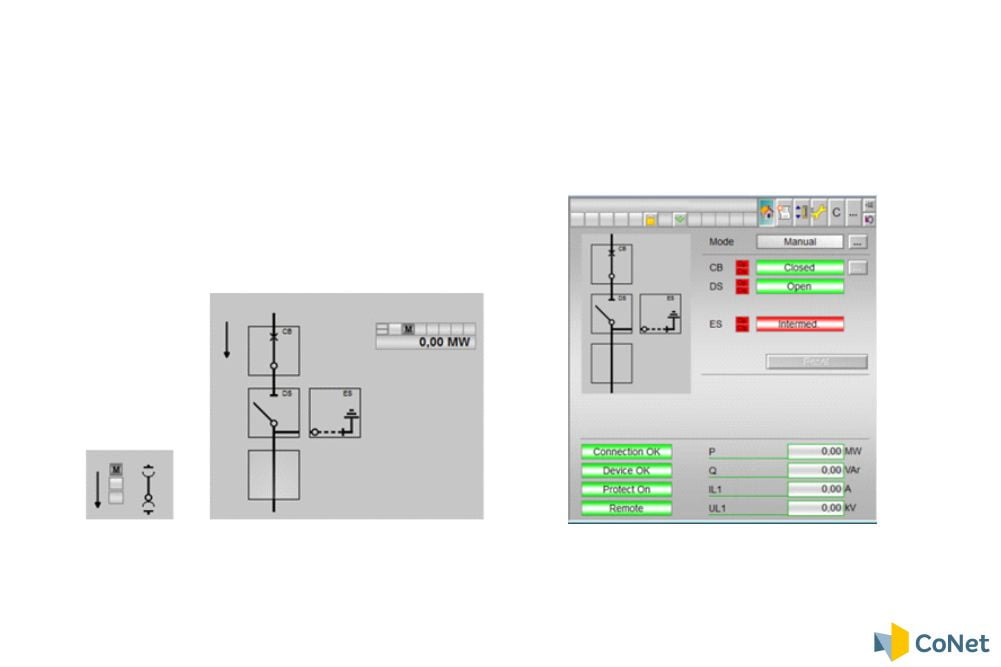
Implementation and Testing
The CoNet engineers configured the Station Gateway and tested the IEC 61850 signals using the standardized PowerControl Library blocks. Despite the lack of a complete description of the connection, CoNet engineers successfully established communication and tested the SIPROTEC 5 devices in advance. The test was done using CoNet demo/test facilities that host simulated switchgear with physical, built-in SIPROTECs
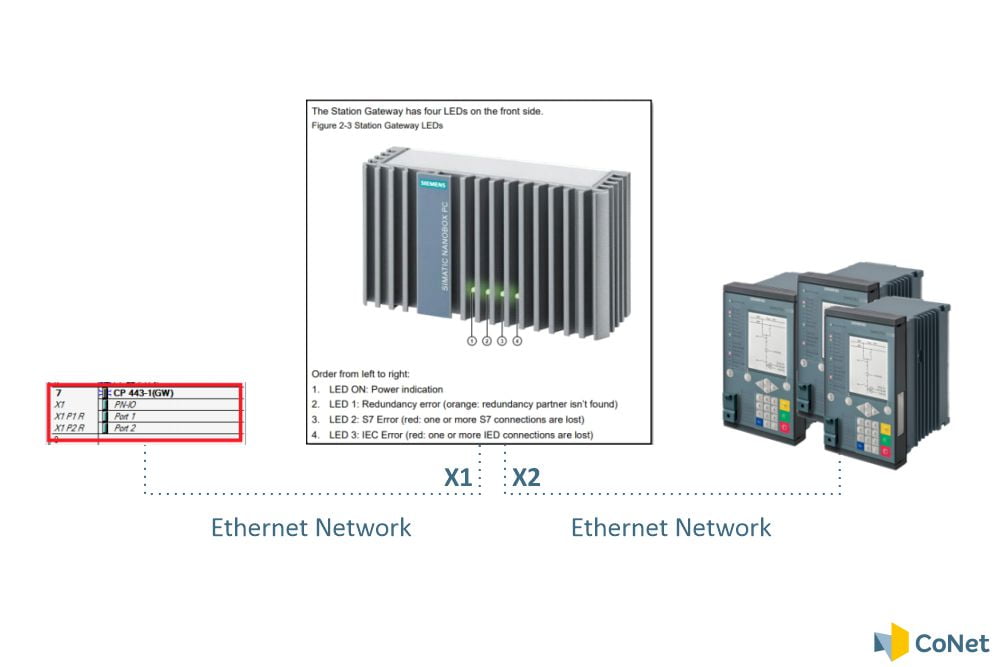
During the FAT, the setup was tested at Siemens premises. The approach enabled the team to bridge the gap between the PCS 7 and SIPROTEC 5 devices, resulting in a cost-effective solution that did not require an additional power SCADA system. The Station Gateway serves as a gateway between an S7 connection and IEC 61850. The S7 connection is standard for the PCS 7 while the SIPROTEC is standard for the IEC 61850. Therefore, the Station Gateway combines the best of both worlds.
Benefits and Success
The project was a resounding success, resulting in a seamless integration of the SIPROTEC 5 devices. Additionally, the successful implementation of the Station Gateway solution led to several benefits for the client, including:
- Standardization of the visualization of SIPROTECs and switchgear (existing and new).
- Seamless integration with the existing PCS 7 system.
- Cost savings, as no additional power SCADA system was needed.
- A future-proof solution, ready for any expansions.
- Compliance with the IEC 61850 protocol which is an essential standard in the power industry. It enables 3rd party Switchgears and IEC 61850 compatible devices.
- Operators can continue using the familiar PCS 7 system look and feel without needing to learn a new layout or system.
- Network separation of the plant process control and PowerControl.
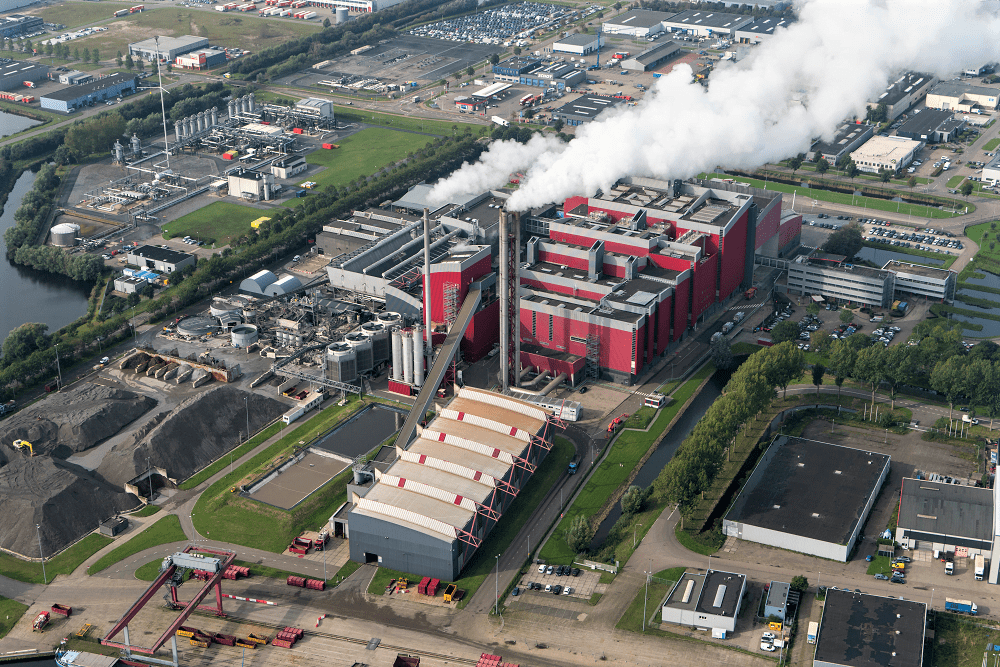
Work well done!
The project achieved the primary goal while also adding an innovative twist of integrating SIPROTEC 5 devices with the PCS 7 system. The innovative Station Gateway solution not only bridged the gap between the two systems but also provided a cost-effective and future-proof solution for the client. With the project completed, the client’s facility is now prepared for any future expansions.
Are you interested in our Energy related solutions? Contact us at sales@conet.nl and we will take it from there!
What we are proud of
